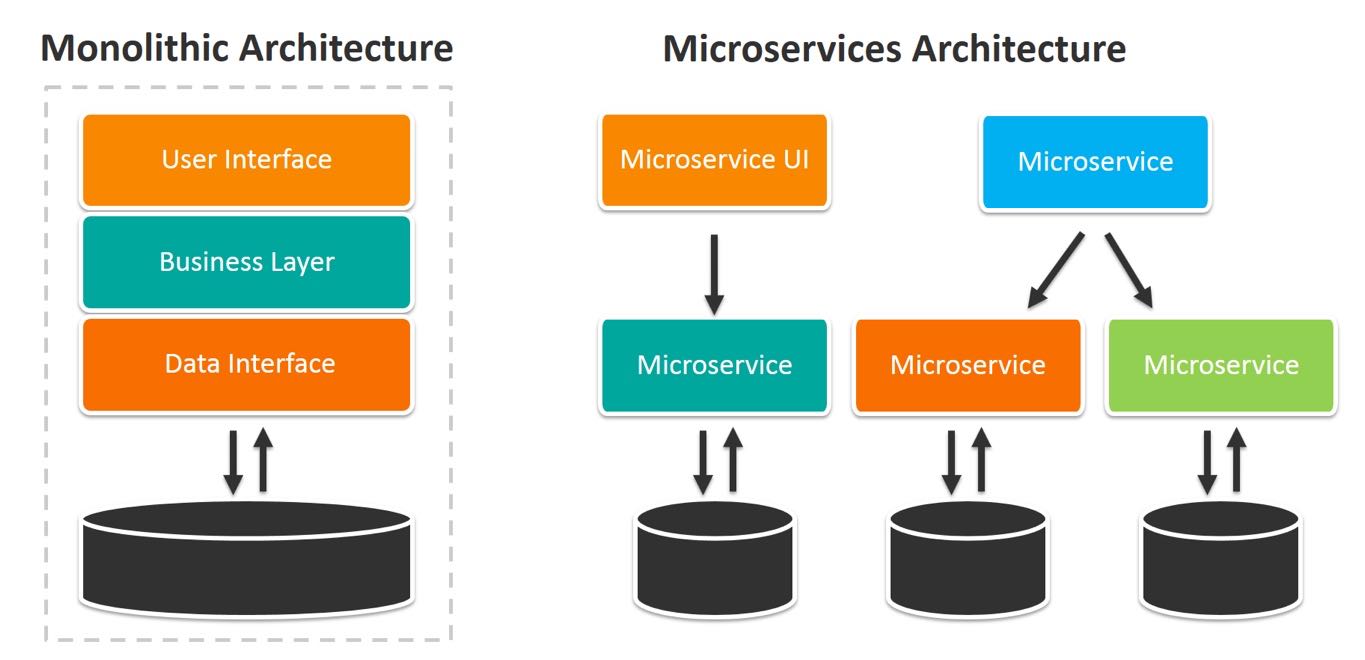Microservices VS Monolithic

Introduction
Microservices and monolithic architecture are two different approaches to building software applications that have been gaining popularity in recent years. While both approaches have their strengths and weaknesses, it is important to understand the key differences between them in order to make informed decisions about the best approach for a given project.
Monolithic architecture
Monolithic architecture refers to the traditional approach to building software applications, in which all components of an application are built as a single, tightly-coupled unit. In this approach, an application has a single codebase and all components are deployed together as a single unit. This architecture is relatively simple to develop, test and deploy, making it well-suited for smaller applications.
Microservices architecture
On the other hand, microservices architecture is a more recent approach to building software applications that has gained popularity in recent years. In this approach, an application is built as a collection of small, loosely-coupled services that communicate with each other over APIs. Each service has its own codebase and can be developed, deployed, and scaled independently, allowing for greater flexibility and scalability.
Advantages & Disadvantages
One of the most significant advantages of microservices architecture is its scalability. Because each service can be deployed and scaled independently, it is much easier to manage growth and change in a microservices-based application. This is particularly useful for applications that are expected to grow quickly or have changing requirements, as services can be added or removed as needed to accommodate changing requirements.
Another advantage of microservices architecture is improved fault tolerance. In a monolithic application, a single failure can bring down the entire application. In a microservices-based application, however, failures in one service do not necessarily impact other services, reducing the risk of a single failure bringing down the entire application.
Despite these advantages, microservices architecture is generally considered to be more complex than monolithic architecture. It requires more sophisticated infrastructure and specialized knowledge to build, deploy and manage. Additionally, microservices architecture can be more difficult to test and debug as it is more complex and involves more service interactions.
Conclusion
In conclusion, the choice between microservices and monolithic architecture depends on the specific needs and requirements of a given project. For smaller, simpler applications, monolithic architecture may be a more suitable choice, while for larger, more complex applications, microservices architecture may be more appropriate. It is important to consider the strengths and weaknesses of each approach and choose the one that best meets the needs of a particular project.


